Introduction
Every few years, someone declares email marketing dead. Yet your inbox tells a different story. It’s still full of brands, creators, and businesses quietly showing up where attention actually converts.
Here’s the truth most people miss: while social platforms keep changing their rules, the inbox hasn’t. It’s still the one place your message lands without an algorithm deciding who sees it.
That’s why, in 2025, email marketing continues to outperform every other digital channel. And in the next few minutes, you’ll see exactly how it works and why it still beats social media when it comes to trust, control, and long-term impact.
Key Takeaways
Email Marketing in 2025: What Still Works
- Email remains the only digital channel you truly own.
- Success depends on permission, consistency, and genuine value.
- Segmentation and personalization turn attention into trust.
- Automation supports relationships, not replaces them.
- Data privacy and authenticity define strong 2025 strategies.
- The brands winning with email focus on humans, not algorithms.
Disclaimer: I am an independent Affiliate. The opinions expressed here are my own and are not official statements. If you follow a link and make a purchase, I may earn a commission.
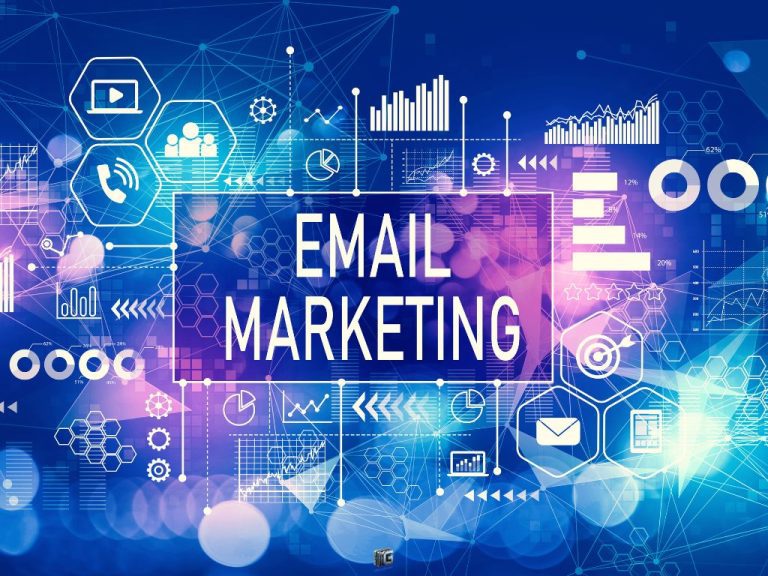
What is Email Marketing?
Email marketing is the process of sending relevant, permission-based messages to people who’ve chosen to hear from you. These messages can inform, educate, or encourage a specific action like reading an article, signing up for an event, or making a purchase.
What makes email marketing unique is ownership. You’re not renting visibility from a platform; you’re building a direct relationship with people who’ve invited you into their inbox. That access, earned through trust, turns email into one of the most reliable and personal marketing channels available.
At its core, email marketing isn’t about selling more, it’s about communicating better. It gives businesses the freedom to share stories, insights, and offers without competing against algorithmic noise or paid walls.
(According to Statista, email marketing continues to deliver one of the highest average ROIs across digital channels roughly $36 for every $1 spent, as of 2025.)
Bottom line: Email marketing matters because it creates connection on your terms, a channel you own, powered by permission and trust.
Common Types of Email Marketing
- Promotional: Launches, flash sales, exclusive deals
- Informational: Newsletters, updates, industry insights
- Transactional: Receipts, confirmations, onboarding sequences
- Retention/Re-engagement: Win-back campaigns, feedback requests, loyalty perks
Here’s the harsh truth: Every business with a sustainable online income has mastered email. Those who don’t? They’re at the mercy of rented audiences hoping a tweet or post even gets seen.
If you want real leverage, start with email marketing. It’s not “old school.” It’s the only school that still prints money.
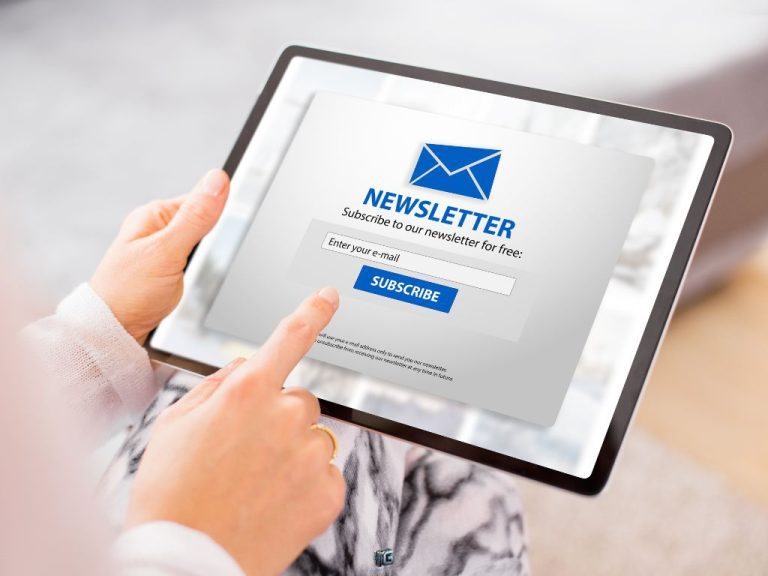
Why email marketing still works
Every platform eventually changes its rules. One day your content reaches thousands; the next, barely anyone sees it. Email doesn’t play that game. It still lands where people look; their inbox.
That direct line is what keeps email powerful. It’s not an audience you rent from a social network; it’s one you build yourself. People who subscribe have already said yes. They’ve given you permission to show up, which makes every message feel more personal and relevant.
Email also wins because of intent. When someone checks their inbox, they’re not scrolling for entertainment. They’re there to decide to read, act, or respond. That mindset is what turns ordinary emails into consistent conversions.
In 2025, this combination of ownership, permission, and intent makes email marketing one of the most stable digital strategies you can invest in. It’s proof that trust scales better than trends.
(According to HubSpot’s 2025 State of Marketing Report, 73% of consumers still prefer to receive business updates via email rather than social media.)
Bottom line: Email marketing works because it operates on attention people choose to give not attention borrowed from an algorithm.
Create Your Own Lead Pages
- Build your mailing list from your first 100 to 20,000+ subscribers and keep scaling.
- Earn more with a 2-tier compensation plan designed for long-term growth.
- Access a cost-effective list builder with modern templates and integrations.
No design skills required • Launch in minutes
What else does email marketing do for you?
- Drives predictable sales: One email campaign can turn a dead week into a four-figure payday.
- Builds loyalty: You nurture new leads, delight repeat buyers, and create fans who spread your message for free.
- Future-proofs your business: Lose your TikTok or Instagram tomorrow? Your list is safe. Your business survives.
Bottom line: Ignore the trends. Ignore the “email is dead” myths. If you want to control your audience, your message, and your money nothing beats email marketing.

The key components of effective email marketing
Strong email marketing isn’t random. It’s built on a few simple, repeatable foundations each one designed to make communication more personal, more relevant, and more consistent.
List building and permission
Everything starts with permission. Without it, deliverability drops, and trust disappears. A healthy list isn’t the biggest one, it’s the most engaged one.
Modern list-building focuses on earning sign-ups, not buying them. People exchange their email when they expect genuine value, an exclusive resource, a helpful update, or a better experience.
Building slowly and transparently keeps your list responsive and your reputation intact.
According to Mailchimp, permission-based lists generate up to 40% higher engagement than purchased lists, as of 2025.
Focus on quality over quantity. A smaller, permission-driven list will always outperform a large, disengaged one.
Segmentation and personalization
Once you’ve earned attention, the next challenge is relevance. Not every subscriber wants the same thing, and segmentation helps you send messages that feel personal even at scale.
Segmentation can be based on behavior, location, interests, or purchase history. For example, a fitness brand might send different routines to beginners and advanced members.
Personalization goes beyond inserting a name; it’s about matching tone and timing to what each subscriber actually cares about.
The more specific your message, the more natural the response.
Automation and timing
Automation isn’t about replacing human connection, it’s about delivering it at the right moment.
From welcome sequences to cart recovery emails, automation lets you respond instantly to user actions while maintaining consistency and tone. It keeps engagement steady without constant manual effort.
Still, timing matters. The most effective campaigns match message timing to user intent, not just a calendar.
Automation creates rhythm, not distance. Use it to stay consistent and responsive, not robotic.
Design and copywriting
Good design makes an email effortless to read. Clear hierarchy, short paragraphs, and enough white space keep attention moving.
But visuals only work if the message does. Copywriting shapes tone, trust, and clarity the difference between an open and a delete.
A helpful analogy: good email design is like good hospitality. You don’t notice it when it’s done right; you just feel welcome enough to stay.
Design invites attention, copy earns it. Together, they create messages people want to read, not skip.
Bottom line: Effective email marketing blends structure and empathy. The systems create consistency; the voice keeps it human.
📩 Getting Started with Email Marketing (Step-by-Step)
| Step | Action | Purpose | Pro Tip |
|---|---|---|---|
| 1. Pick a Platform | Choose Mailchimp, ConvertKit, GetResponse, or MailerLite | Get the tools to collect, send & track emails | Start free, upgrade later |
| 2. Build Your List | Add opt-in forms + offer a lead magnet | Attract real, permission-based subscribers | Checklists & short guides work best |
| 3. Welcome Sequence | Send an automated intro email | Build trust & set expectations early | Include one simple CTA |
| 4. Launch First Campaign | Plan a small, clear email series | Test engagement & start conversions | Align content with one monthly goal |
| 5. Track & Improve | Monitor opens, clicks, and conversions | Refine strategy & boost ROI | Test subject lines & CTAs regularly |

Common mistakes that hurt email performance
Even the strongest strategy can fail when small details get ignored. Most email marketing issues don’t come from bad tools, they come from habits that slowly erode trust and engagement.
1. Sending too often (or not often enough)
Inconsistency confuses subscribers. Send too much, and you become noise; send too little, and they forget you exist.
The best rhythm balances frequency with value enough to stay present, not enough to overwhelm.
Fix: Set a predictable schedule based on audience behavior, not guesswork.
2. Ignoring mobile optimization
Over 60% of emails are opened on phones in 2025. If your design breaks on a small screen, people won’t read it, they’ll delete it.
Fix: Use mobile-first templates and preview every campaign across devices.
3. Writing subject lines that mislead
A subject line sets the promise. When it doesn’t match the content, open rates might spike once but trust plummets after.
Fix: Treat your subject line as the headline of a relationship. Be intriguing, but never deceptive.
4. Failing to test and measure
Guesswork is not a strategy. Without tracking open rates, clicks, and conversions, you can’t improve what you send.
Fix: A/B test small changes subject lines, send times, content and let data guide tone and timing.
5. Neglecting list hygiene
Outdated or inactive contacts hurt deliverability. Internet providers track engagement, and too many unopened emails can flag your campaigns as spam.
Fix: Regularly clean your list by removing unresponsive subscribers or re-engaging them with tailored campaigns.
Bottom line: Avoiding these mistakes isn’t about perfection, it’s about respect. When you respect your audience’s time and attention, your metrics follow.
📊 Metrics to Track in Email Marketing (At a Glance)
| Metric | What It Tells You | Why It Matters |
|---|---|---|
| Open Rate | % of subscribers opening your emails. | Measures subject line effectiveness & initial engagement. |
| Click-Through Rate (CTR) | % of readers clicking links inside your email. | Shows how compelling your content & CTAs are. |
| Conversion Rate | % of readers taking desired action (purchase, signup, booking). | The ultimate measure of revenue-driving success. |
| Bounce Rate | % of emails not delivered (invalid addresses). | High rates hurt deliverability; signals list quality issues. |
| Unsubscribe Rate | % of people leaving your list. | Helps gauge content relevance & frequency balance. |
| Spam Complaint Rate | % of users marking emails as spam. | Critical for sender reputation and inbox placement. |
| List Growth Rate | How fast your list is growing (new signups − unsubscribes). | Indicates long-term scalability of your email strategy. |
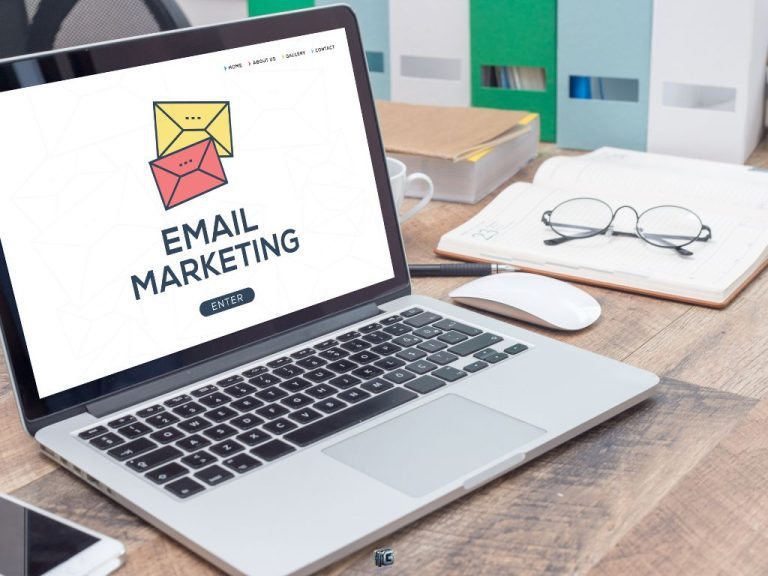
The evolution of email marketing in 2025
Every marketing channel evolves, and email is no exception. But what’s fascinating about email’s evolution isn’t how it’s changed, it’s how it’s adapted without losing its essence.
In 2025, the biggest shifts aren’t about new tricks; they’re about new expectations. Privacy laws are stricter, users are more protective of their data, and trust is the new currency of attention.
Artificial intelligence now helps marketers personalize faster suggesting subject lines, segmenting audiences, and even drafting content. But here’s the truth: AI can optimize timing and tone, yet it still can’t replace genuine human understanding. The best campaigns use AI as an assistant, not an author.
Interactive and dynamic content is also reshaping engagement. From polls inside emails to product previews that update in real time, email is quietly merging utility with experience.
Still, the core rule hasn’t changed: relevance beats novelty. Technology amplifies your message, but the message must still feel honest and useful.
(As of 2025, data from the Interactive Advertising Bureau shows new privacy regulations prioritizing transparency and consent in digital communication.)
Bottom line: The future of email marketing belongs to brands that blend automation with authenticity those who use technology to speak more clearly, not louder.
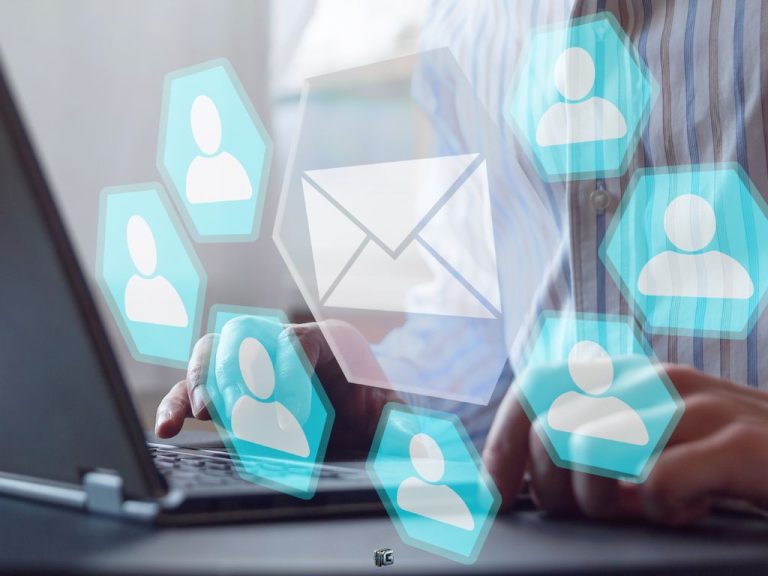
📊 “Free vs. Paid Email Marketing Tools”
| Tool Type | Free Options | Paid Options | Best For |
|---|---|---|---|
| Email Platforms | Mailchimp (Free), ConvertKit Free, MailerLite | ConvertKit Pro, GetResponse, ActiveCampaign | Beginners starting small vs. businesses scaling |
| Automation | Basic automations (welcome emails, simple flows) | Advanced workflows (behavior tagging, segmentation) | Testing vs. scaling advanced campaigns |
| List Size | Up to 500–1,000 subscribers free | Unlimited or large-scale lists (10K+) | Side hustlers vs. full-time marketers |
| Design/Templates | Basic templates included | Premium templates, split-testing, branding | Quick start vs. optimization-heavy campaigns |
| Analytics | Open & click rates | Conversion tracking, revenue attribution, deep insights | Simple engagement vs. ROI-focused scaling |

After sending more than 200 emails to my list, I discovered the brutal truth: email marketing punishes shortcuts. I thought the hard part was just writing and hitting “send.” Turns out, that’s the easy part.
The real battle is in how you build, prepare, and protect your list. If you don’t build your list the right way, you’ll end up with subscribers who never wanted to hear from you in the first place.
If you don’t warm up your email sender, you’ll watch your deliverability collapse before you even get momentum. And if you copy and paste emails straight from a document or reuse the same company swipes everyone else is sending, you’re practically begging the spam filters to shut you down.
I had to learn that the hard way. Lost opens, dead deliverability, wasted effort, the price was real. But here’s the upside: once you respect the process, everything changes. When your list is built with intention, when your sender reputation is warmed and trusted, and when your emails actually sound like you, suddenly the inbox opens up.
That’s when email marketing stops being a struggle and starts becoming the channel it was meant to be: personal, powerful, and still one of the best ways to reach people directly.
Ismel Guerrero.
Conclusion
Email marketing endures because it’s built on something the internet keeps forgetting permission and trust. It’s not the newest tool, but it’s the one that’s never stopped working.
While social platforms chase algorithms and trends, email remains direct, measurable, and deeply personal. Every message lands in a space the subscriber chose to open, not one dictated by code or feeds.
The brands that thrive in 2025 aren’t sending more emails; they’re sending better ones. They treat the inbox like a relationship, not a billboard.
So if you remember one thing, let it be this: technology changes how we deliver messages, but not why people open them. Relevance, respect, and real connection will always outperform reach.
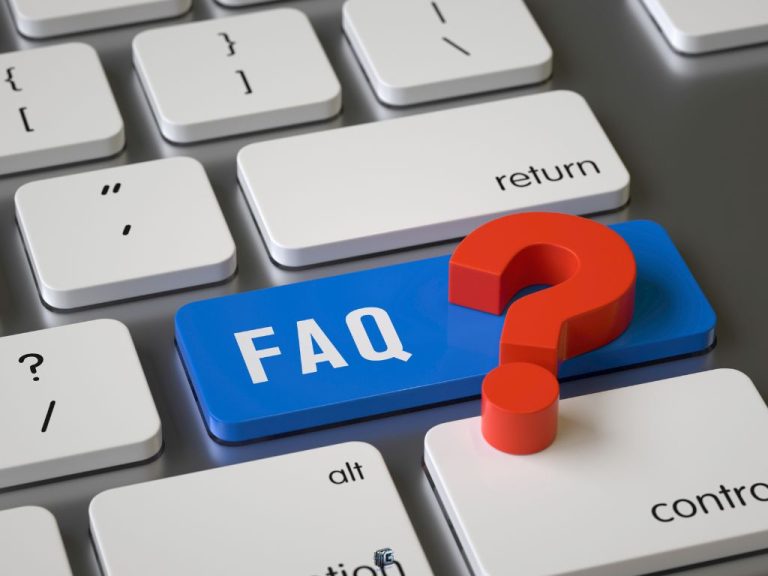
Frequently Asked Questions (FAQ)
1. What’s the best day to send marketing emails?
There’s no single “best” day for every audience. The ideal time depends on your readers’ habits, time zones, and industry. Start by testing mid-week sends, then refine based on engagement data from your own list.
2. How often should a business email its subscribers?
Consistency matters more than frequency. For most brands, one to four emails per month keeps engagement steady without overwhelming subscribers. Let subscriber behavior guide your schedule, not a fixed calendar.
3. What’s the difference between a newsletter and an email campaign?
A newsletter delivers regular updates, stories, or insights to nurture ongoing relationships. An email campaign, on the other hand, is designed for a specific goal like launching a product or promoting an event.
4. Is email marketing still effective in 2025?
Yes. Email continues to outperform most digital channels in ROI and engagement because it operates on permission, not algorithms. The key to success is authenticity and consistent value.
5. What are the main legal requirements for email marketing?
Businesses must follow consent-based laws like GDPR, CAN-SPAM, or local equivalents. Always include a clear unsubscribe option and avoid sending unsolicited messages. Transparency and compliance protect both brand and audience.
6. What’s the easiest platform for beginners?
Tools like Mailchimp, ConvertKit, and Brevo offer beginner-friendly templates, automation features, and analytics. Choose based on your goals and how much customization you need.
7. How do I measure success in email marketing?
Track open rates, click-through rates, conversions, and unsubscribe rates to gauge performance. The most telling metric, though, is engagement over time; consistent response signals genuine connection.
8. Can AI replace human-written emails?
AI can help with personalization, timing, and idea generation, but it can’t replicate emotional understanding or brand voice. The strongest strategies use AI to assist not to automate empathy.
